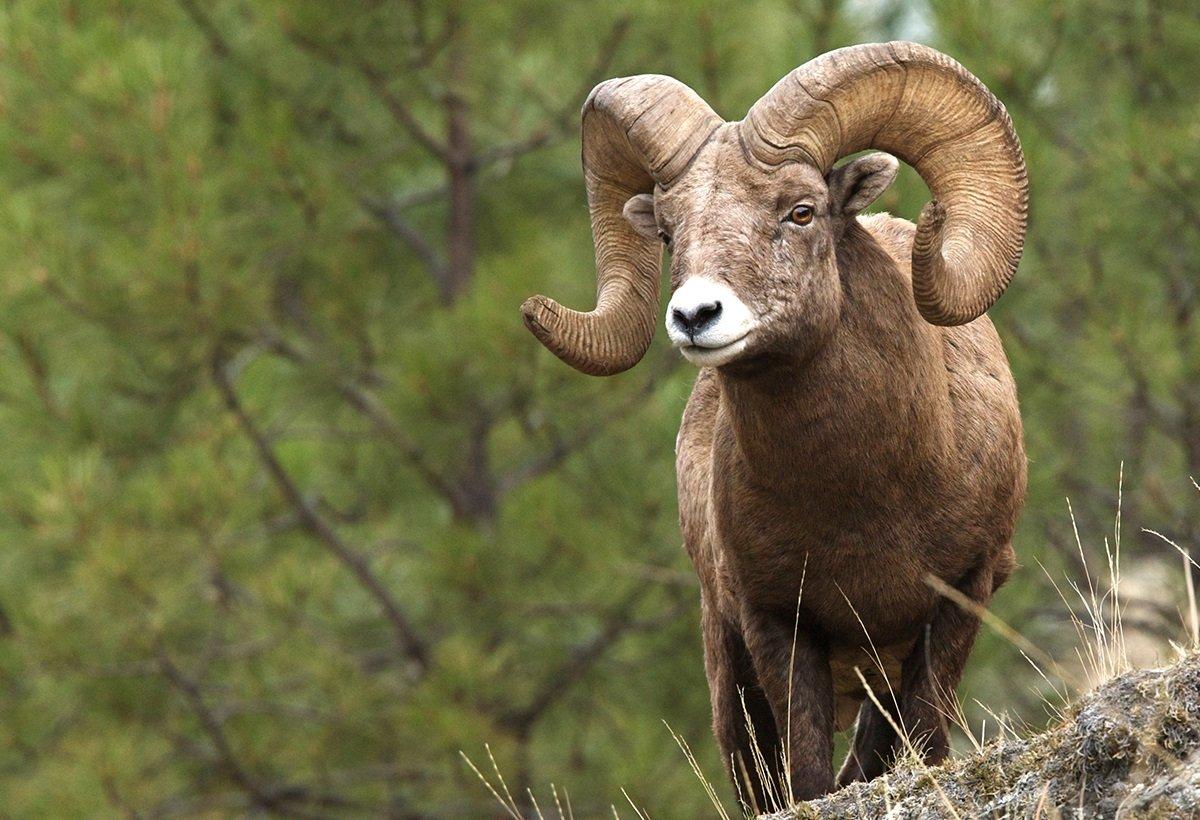One of the big cats returned after being relocated more than 100 miles away

According to The Guardian, the California Department of Fish and Wildlife is relocating mountain lions over 100 miles away from struggling populations of bighorn sheep, which are unique to the Sierra Nevada mountains. The sheep were designated as endangered in 1999, when their population was estimated at only 125 individuals.
Danny Gammons, an environmental scientist for the sheep recovery program, acknowledges the relocation program is not a guaranteed solution to the problem.
There's no expectation that any of the lions we move are going to stay where we put it, regardless of age or sex, Gammons said. The goal is to get it away from bighorn sheep.
Although the sheep numbers have increased to almost 600 animals, the mountain lions have slowed the recovery. The big cats hunt the sheep mostly in the winter months when the bighorns migrate down from the high country. The sheep are dispersed between 14 small herds, and just a single mountain lion can stop a herd from growing or even wipe it out completely.
Initially, the agency controlled the lion population using lethal methods, but the state's fish and game code has been revised to require that nonlethal methods be attempted first.

Gammons said the lion is still alive and appears to have settled down in her new territory.
This year a 5-year-old male lion that had killed at least nine sheep was moved more than 100 miles away, but it returned. A month later, he was moved again, this time over 200 miles in the opposite direction.
Within the first 24 hours, he had 360 degrees to choose from in which to travel and he started making a beeline right back to where he came from, Gammons said. The lion has since veered off course, but it's too early to tell if he will head back to his home territory.
Biologists say the mountain lions' keen sense of direction and ability to travel hundreds of miles in search of a territory or mates make relocation efforts difficult.
According to John Wehausen, a retired research scientist with the University of California, the disappearance of other big predators from the landscape, such as wolves and grizzly bears, could be part of the problem. The big predators, which were exterminated in the state, may have regulated lion populations.
This is a fundamental conundrum that has haunted many of us, Wehausen said. If we are interested in keeping the Sierra bighorn around, and they've been here for a very long time … we are probably going to have to manage lions.
For more crazy outdoor stories, visit The Realblog and check out Realtree's Facebook page.







